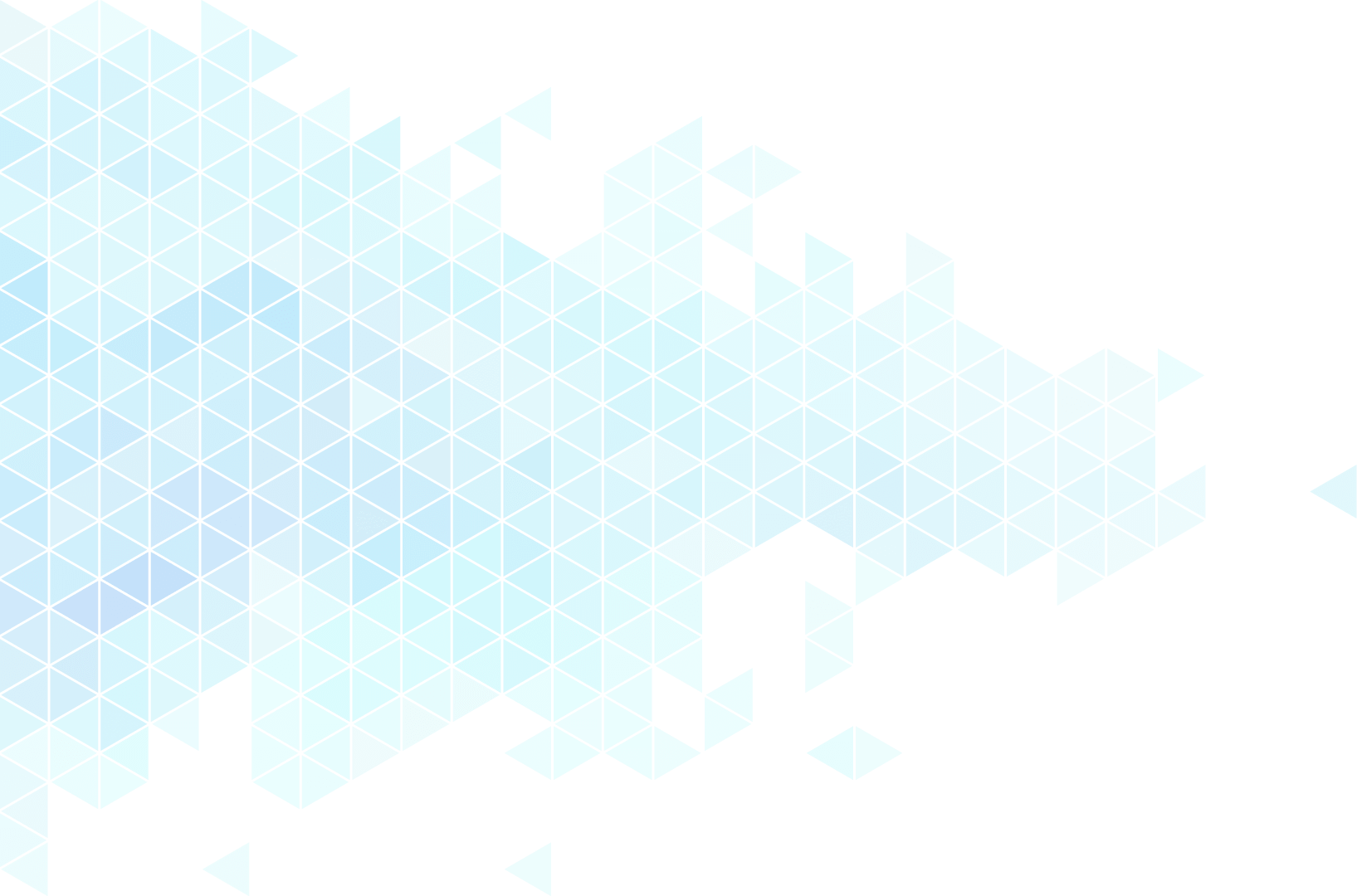- Home
- Geographical Context
Geographical Context



GEOGRAPHICAL CONTEXT
Rayagada District, located in the southeastern part of Odisha, spans an area of 7,584.7 square kilometers. Positioned between 18°54' and 20°00' North Latitude and 82°54' and 84°02' East Longitude, the district is bordered by Gajapati District to the east, Kalahandi District to the west, Kandhamal to the north, and Koraput District and Andhra Pradesh to the south. The district's terrain is predominantly rugged, characterized by hills and dense forests. Forest cover in the district extends over 4,785.36 square kilometers, with 777.27 square kilometers designated as reserved forest. Prominent geomorphic features include structural and denudational hills, intermontane valleys, and floodplains along the Vamsadhara and Nagavalli rivers.
Demography
According to the 2011 census, Rayagada District has a population of 961,959, comprising 469,672 men and 492,287 women. The population density is 136 people per square kilometer. The majority of the population resides in rural areas.
Administrative Setup
The district is administratively divided into two sub-divisions, eleven tahasils, eleven Panchayat Samities, one municipality, two Notified Area Councils, and 171 Gram Panchayats encompassing a total of 2,667 villages.
Socio-Economic Status
Rayagada District is considered one of the most underdeveloped regions in Odisha and is listed among the bottom 100 most backward districts in India by the Planning Commission. The area is predominantly inhabited by indigenous tribes, who live in small, isolated communities within the forested and hilly terrain. Approximately 32% of the food-producing land is held by tribals, while 60% is controlled by landlords and middlemen. This inequitable land distribution, combined with inaccessibility, has resulted in significant shortages of basic necessities, rendering tribal populations vulnerable to food insecurity and health issues. Malnutrition is prevalent among pregnant women, lactating mothers, and children under six years of age.
In terms of education, the district has an average literacy rate of 50.88%. However, this figure masks a significant gender disparity, with a male literacy rate of 62.61% compared to a female literacy rate of only 39.87%.
Rayagada is home to various tribal communities, including the Kondhas, their sub-tribes, and the Souras. The district also hosts several other primitive tribal groups, contributing to a rich cultural tapestry. Local languages include Kui and Soura dialects, with Telugu and Odia also spoken.
Agricultural practices are limited by the district’s geography, with only 30% of the total area available for cultivation. Farming is largely dependent on the monsoon season, with red soils and alluvial deposits being the predominant soil types. The total irrigated area is only 322.51 square kilometers, representing 19.3% of the net cultivated area. Shifting or Podu cultivation is commonly practiced on the district’s high hill slopes.
Poverty Status
Poverty remains a persistent issue in Rayagada District, with a significant portion of the population experiencing chronic poverty. While poverty levels are slowly decreasing, the rate of improvement is modest. Research indicates that poverty is often inherited, with chronic poverty being passed down through generations. The situation is particularly dire in tribal and forested areas, where the likelihood of remaining in poverty is high. Despite numerous government poverty alleviation programs, these efforts have proven inadequate in addressing the scale of the problem effectively.
Empowering lives and advancing sustainable development goals, Shakti Organisation(SSCSO) proudly aligns its impactful initiatives with the United Nations' SDGs for a brighter and more inclusive future.













